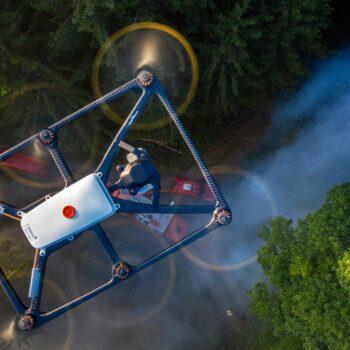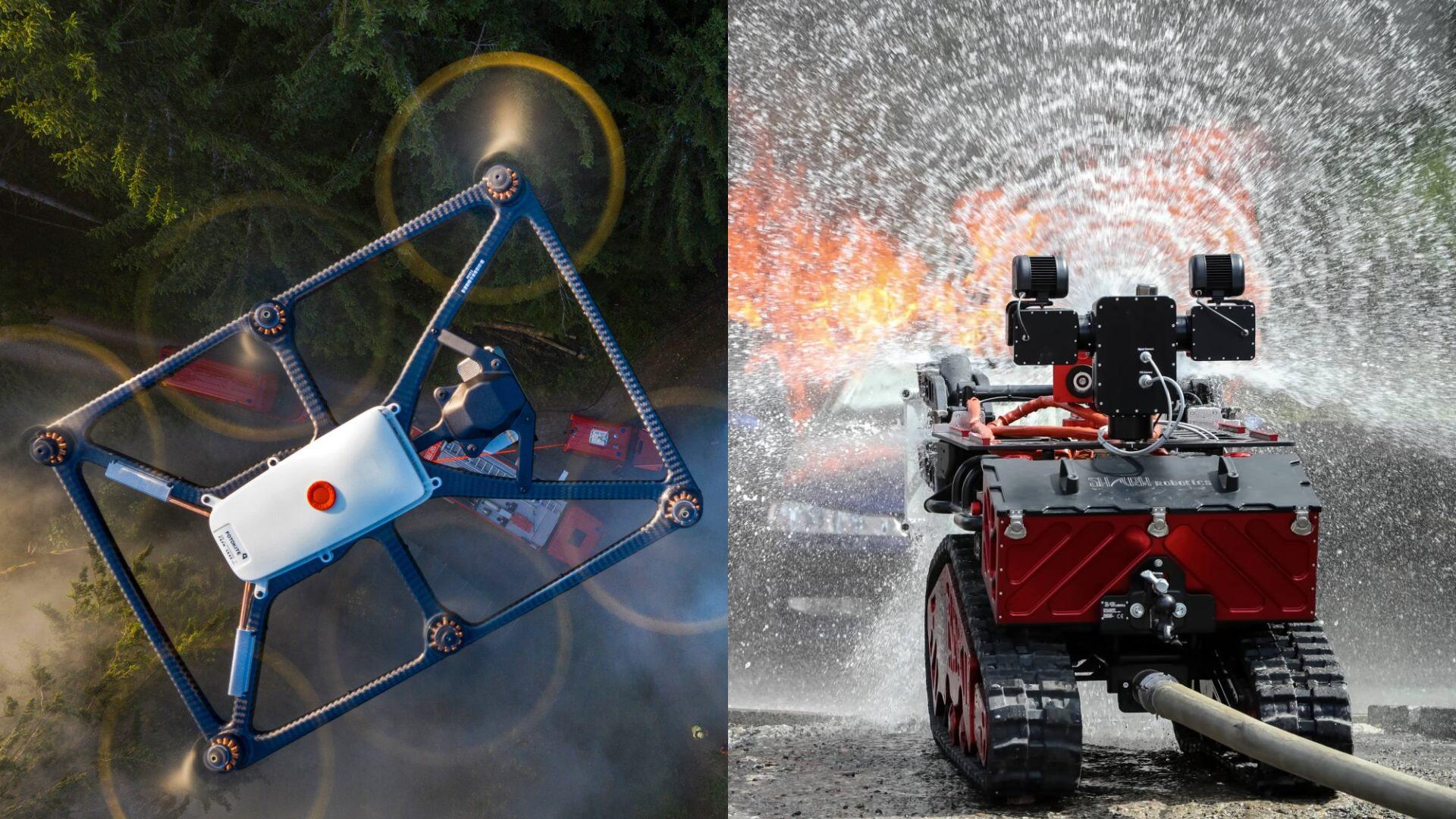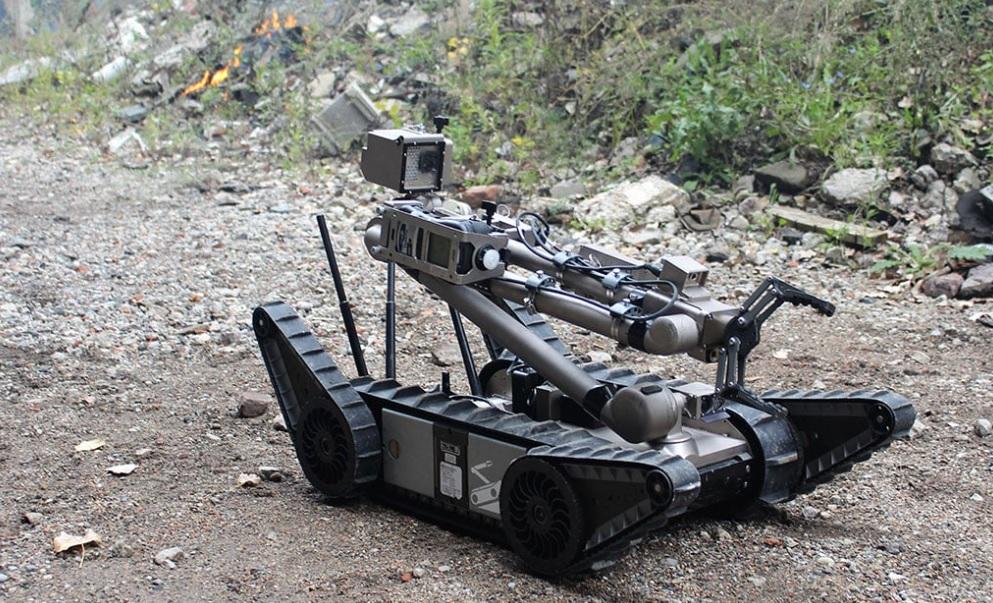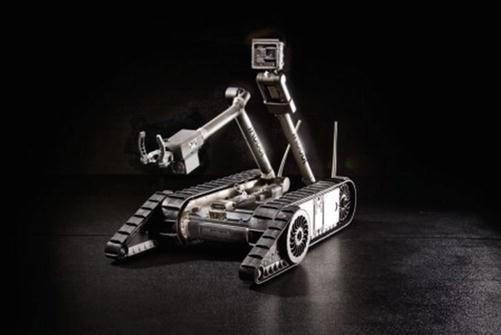When disaster strikes, the race against time begins-a race often hindered by hazardous conditions, unstable terrain, and limited human access. In these critical moments, robotics emerges not just as a tool, but as a lifeline. From navigating treacherous rubble to delivering essential supplies and conducting detailed damage assessments, robotic technology is revolutionizing how we respond to and recover from disasters. This fusion of innovation and resilience is reshaping disaster recovery efforts, offering new hope and efficiency when it’s needed most. In this article, we explore how robotics is powering the future of disaster recovery, transforming challenges into opportunities for saving lives and rebuilding communities.
Table of Contents
- The Role of Autonomous Robots in Rapid Damage Assessment
- Enhancing Search and Rescue Operations with Robotic Technology
- Robotics in Hazardous Environment Navigation and Risk Mitigation
- Integrating AI and Robotics for Efficient Resource Allocation
- Best Practices for Deploying Robotics in Disaster Recovery Efforts
- Frequently Asked Questions
- In Summary

The Role of Autonomous Robots in Rapid Damage Assessment
In the immediate aftermath of a disaster, time is the most critical resource. Autonomous robots, equipped with advanced sensors and AI-driven analysis tools, are revolutionizing how emergency teams assess structural damage and environmental hazards quickly and safely. These robots can enter unstable zones without risking human lives, capturing high-resolution data that traditional methods often miss.
Equipped with LiDAR scanners, thermal cameras, and real-time communication systems, these machines map devastated areas with incredible precision. This rapid data collection accelerates decision-making processes, allowing rescue teams to prioritize their actions effectively. Moreover, robots can operate continuously in hazardous conditions, providing a persistent stream of vital information that keeps responders informed as situations evolve.
- Access restricted zones: Navigate through debris and collapsed structures.
- Identify hidden risks: Detect gas leaks, fires, or structural weaknesses.
- Speed up assessments: Deliver real-time damage reports to command centers.
| Robot Type | Primary Function | Typical Environment |
|---|---|---|
| Ground Drones | Structural scanning & debris analysis | Urban collapse zones |
| Aerial Drones | Wide-area surveillance & thermal imaging | Wildfires & floods |
| Underwater Robots | Flood damage inspection & search & rescue | Submerged areas & dams |
Enhancing Search and Rescue Operations with Robotic Technology
In the chaotic aftermath of natural disasters, time is the most precious resource. Robotic technology has revolutionized the way search and rescue teams operate, enabling faster, safer, and more efficient missions. Equipped with advanced sensors and AI-driven navigation systems, these machines can venture into hazardous environments inaccessible to humans, providing critical real-time data and visual feedback.
Key advantages of integrating robotics into rescue efforts include:
- Enhanced access to collapsed structures and unstable terrains
- Reduction of risk to human rescuers
- Improved accuracy in locating survivors through thermal imaging and sound detection
- Rapid deployment and adaptability to various disaster scenarios
From aerial drones mapping devastated landscapes to autonomous ground vehicles navigating rubble-strewn streets, robotic units serve as the eyes and ears for emergency teams. Their ability to operate in extreme conditions, such as toxic atmospheres or underwater environments, expands the scope of rescue operations beyond traditional limits.
| Robotic Type | Primary Function | Notable Feature |
|---|---|---|
| Drones | Aerial reconnaissance | High-resolution thermal cameras |
| Ground Rovers | Debris navigation | AI obstacle avoidance |
| Submersibles | Flooded area search | Sonar mapping |
Robotics in Hazardous Environment Navigation and Risk Mitigation

Integrating AI and Robotics for Efficient Resource Allocation
The fusion of artificial intelligence with advanced robotics is revolutionizing how resources are allocated during disaster recovery efforts. By deploying intelligent systems capable of assessing real-time data, emergency teams can prioritize aid distribution with unprecedented accuracy. AI algorithms analyze variables such as population density, damage severity, and accessibility to ensure that critical supplies reach the most affected areas without delay.
Autonomous drones and ground robots equipped with AI-driven navigation systems can swiftly map disaster zones, identifying safe routes and hazardous obstacles. This capability not only accelerates the delivery of essential goods but also minimizes the risk to human responders. Furthermore, these robots can carry out continuous monitoring and reporting, providing a dynamic overview that adapts to changing conditions on the ground.
- Optimized Supply Chains: AI predicts demand surges and adjusts resource flows in real time.
- Reduced Human Exposure: Robots operate in dangerous environments, safeguarding responders.
- Enhanced Collaboration: Integrated systems enable seamless communication between multiple agencies.
| Resource | AI Role | Robotic Application |
|---|---|---|
| Medical Supplies | Demand forecasting | Delivery drones |
| Food & Water | Route optimization | Autonomous ground vehicles |
| Rescue Equipment | Damage assessment | Search & rescue robots |

Best Practices for Deploying Robotics in Disaster Recovery Efforts
Deploying robotics in disaster zones demands a strategic approach that balances technology capabilities with the unpredictable nature of such environments. One essential practice is rigorous pre-deployment testing. Robots must be evaluated under simulated disaster conditions to ensure they can withstand debris, water, dust, and extreme temperatures. This preparation minimizes malfunctions when every second counts.
Equally important is fostering collaboration between human responders and robotic systems. Robotics should never replace first responders but rather augment their efforts. Clear communication protocols and user-friendly interfaces empower teams to control robotic units effectively, leveraging their ability to access dangerous or inaccessible areas while humans focus on decision-making and care.
To maximize efficiency, consider these deployment essentials:
- Modular design: enables quick repairs and adaptability in the field.
- Real-time data integration: ensures responders receive live feedback for informed decisions.
- Energy management: extends operational hours through efficient battery usage or alternative power sources.
- Robust training programs: prepare teams to troubleshoot and optimize robotic tools under pressure.
Below is a concise overview of key deployment factors and their impact on disaster recovery outcomes:
| Factor | Benefit | Consideration |
|---|---|---|
| Durability | Ensures operational continuity | Material and sealing quality |
| Communication | Improves coordination | Signal interference risks |
| Mobility | Accesses hard-to-reach areas | Terrain adaptability |
| Autonomy | Reduces human workload | Decision-making algorithms |
Frequently Asked Questions
Q&A: How Robotics Is Powering Disaster Recovery
Q1: What role do robots play in disaster recovery efforts?
A1: Robots serve as vital tools in disaster recovery by accessing hazardous or hard-to-reach areas that pose risks to human responders. They can assess damage, locate survivors, deliver supplies, and assist in cleanup operations, thereby accelerating response times and improving overall safety.
Q2: In what types of disasters have robots been effectively deployed?
A2: Robots have been deployed in a variety of scenarios, including earthquakes, hurricanes, wildfires, floods, and industrial accidents. For example, drones survey wildfire damage from above, while ground-based robots navigate rubble after earthquakes to find trapped individuals.
Q3: How do robotic technologies improve the speed and efficiency of recovery?
A3: Robotics enhance speed and efficiency by performing repetitive or dangerous tasks continuously without fatigue, collecting real-time data for informed decision-making, and operating in environments unsafe for humans. This reduces delays and enables more targeted and effective relief efforts.
Q4: What kinds of robots are commonly used in disaster zones?
A4: Common types include aerial drones for aerial reconnaissance; ground robots equipped with cameras and sensors for search and rescue; underwater drones for flood or tsunami aftermaths; and robotic arms for debris removal and hazardous material handling.
Q5: Are there limitations or challenges in using robotics for disaster recovery?
A5: Yes, challenges include technical issues like limited battery life, communication constraints in damaged infrastructure, and the need for human operators skilled in robotics. Additionally, robots may struggle with unpredictable terrain or complex environments that require adaptive problem-solving.
Q6: How is artificial intelligence enhancing robotic disaster recovery?
A6: AI enables robots to process vast amounts of data, recognize patterns, and make autonomous decisions. This allows for smarter navigation, victim detection through thermal imaging, and prioritization of tasks, making robots more effective in chaotic disaster environments.
Q7: What future advancements can we expect in robotics for disaster recovery?
A7: Future advancements may include more resilient and lightweight materials, improved autonomy through machine learning, enhanced swarm robotics for coordinated multi-robot efforts, and better integration with human teams via augmented reality and communication technologies.
Q8: How do robotics complement human efforts rather than replace them in disaster recovery?
A8: Robotics act as force multipliers, handling dangerous or labor-intensive tasks while humans focus on complex decision-making and emotional support. Together, they form a synergistic partnership that maximizes the effectiveness and safety of disaster response teams.
In Summary
As the dust settles and communities begin to rebuild, robotics quietly steps out of the shadows, transforming disaster recovery from a race against time into a calculated journey of resilience. These mechanical allies, armed with precision and perseverance, not only navigate the chaos left behind but also illuminate a future where human courage and robotic innovation walk hand in hand. In the evolving story of disaster response, robotics isn’t just a tool-it’s a testament to our enduring quest to rise, rebuild, and reimagine what’s possible amid the ruins.

